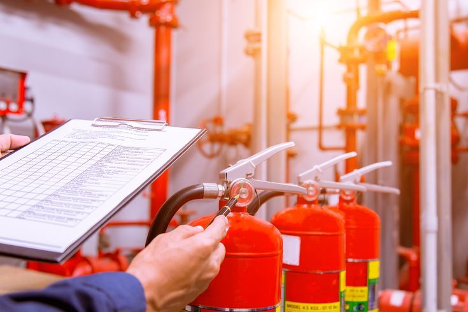A fireplace is often the heart of a cozy home. It brings warmth and comfort, especially during cold seasons. But this comfort can come with risks if the fireplace isn’t maintained properly. Fireplace cleaning is not just about appearance or removing ashes; it plays a crucial role in preventing dangerous fires. Understanding its importance can keep your home safe and your family secure.
The Role of Fireplace Cleaning in Preventing Fires
Fireplace cleaning involves removing soot, creosote buildup, and debris from your fireplace and chimney. Creosote is a highly flammable substance that accumulates over time when wood burns. If left unchecked, it can ignite and cause a chimney fire. These fires spread quickly and can damage the entire house. That’s why regular fireplace cleaning reduces this risk significantly.
Many homeowners overlook this task, but cleaning the fireplace thoroughly ensures that the airways are clear and safe. When chimneys are clogged, smoke and gases can back up into the home, posing health risks as well as fire hazards. Keeping your fireplace clean is a simple yet powerful way to protect your property.
Benefits of Consistent Fireplace Cleaning
Regular fireplace cleaning does more than prevent fires. It also helps maintain efficient heating. When soot and creosote build up, they reduce airflow. This makes it harder for fires to burn properly, wasting fuel and creating more smoke.
A clean fireplace burns hotter and more efficiently. This means you get more warmth using less wood. Additionally, routine cleaning catches small problems before they grow. Cracks or blockages can be spotted early, saving costly repairs later.
Fireplace Cleaning and Air Quality Improvement
A neglected fireplace can negatively impact indoor air quality. Blocked chimneys cause smoke, carbon monoxide, and other harmful gases to seep into living spaces. These pollutants can trigger respiratory issues and create an unhealthy environment.
Regular fireplace cleaning ensures proper ventilation. It allows harmful gases to escape safely through the chimney. This protects your family from dangerous exposure and improves the air you breathe at home.
Fireplace Cleaning Protects Your Home’s Structure
Chimney fires are not the only danger. Creosote and soot buildup can cause slow damage to the chimney’s lining and walls. Over time, this weakens the structure and may cause leaks or collapses.
Water can also get inside cracks caused by creosote corrosion. This leads to mold, dampness, and further structural damage. Regular fireplace cleaning helps spot these issues early.
Cleaning also involves inspecting the damper and firebox. These parts play vital roles in safety and efficiency. If they are not working correctly, the risk of fire or smoke damage increases. Maintenance keeps the entire system functioning well.
Professional Fireplace Cleaning for Reliable Safety
While homeowners can handle some minor cleaning, professional fireplace cleaning is essential for thorough and safe results. Experts have specialized tools and knowledge to remove all creosote layers and inspect the chimney in detail.
A professional service often includes a chimney sweep and a safety inspection. They can identify hidden problems like cracks, blockages, or faulty flues. Fixing these early reduces fire risks significantly.
Conclusion
Regular fireplace cleaning is more than a household chore. It is a critical part of fire prevention and home safety. By removing dangerous creosote buildup, improving air quality, and preserving your chimney’s structure, it helps avoid fires and costly damage. Ignoring fireplace cleaning puts your family and property at risk. Taking time each year to clean and inspect your fireplace ensures it operates safely and efficiently.

